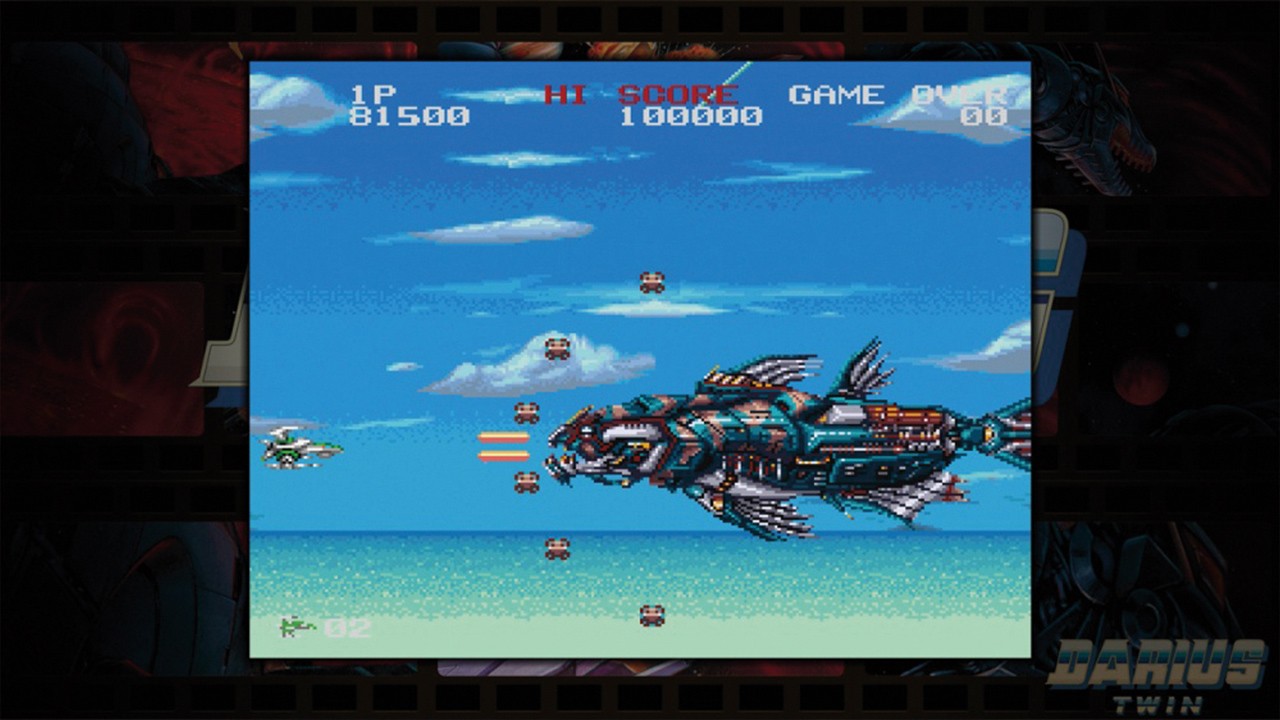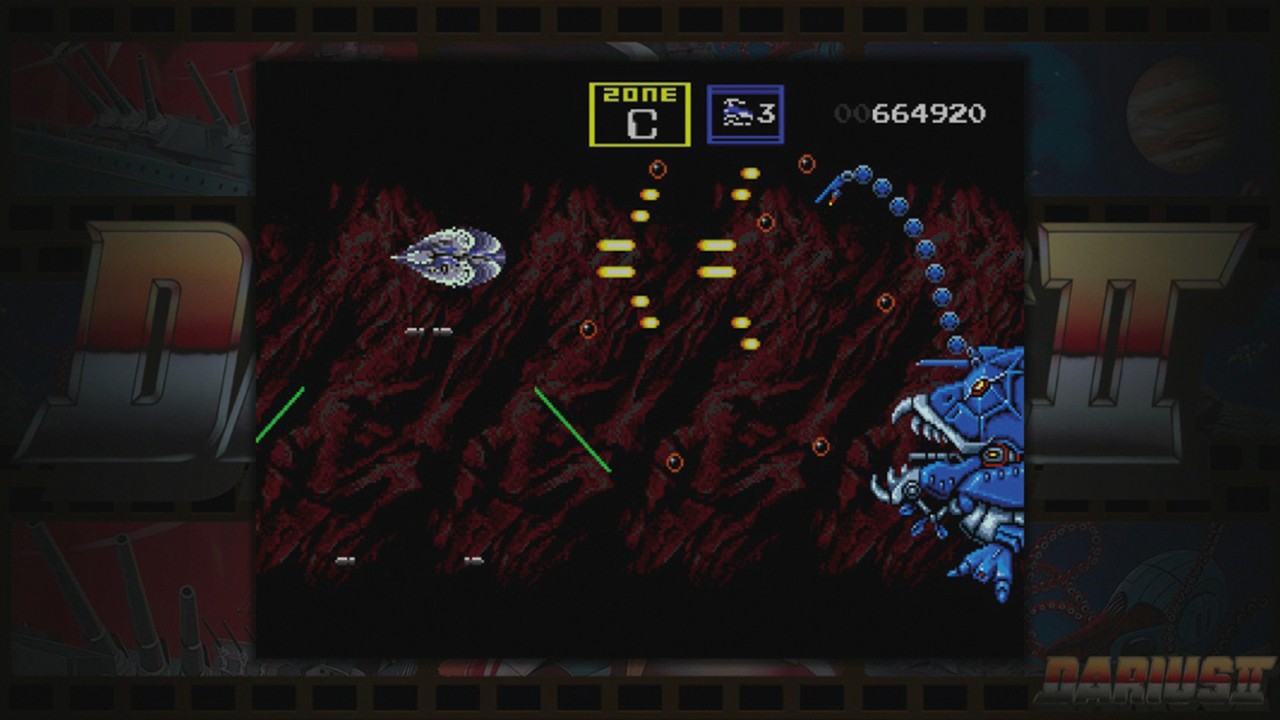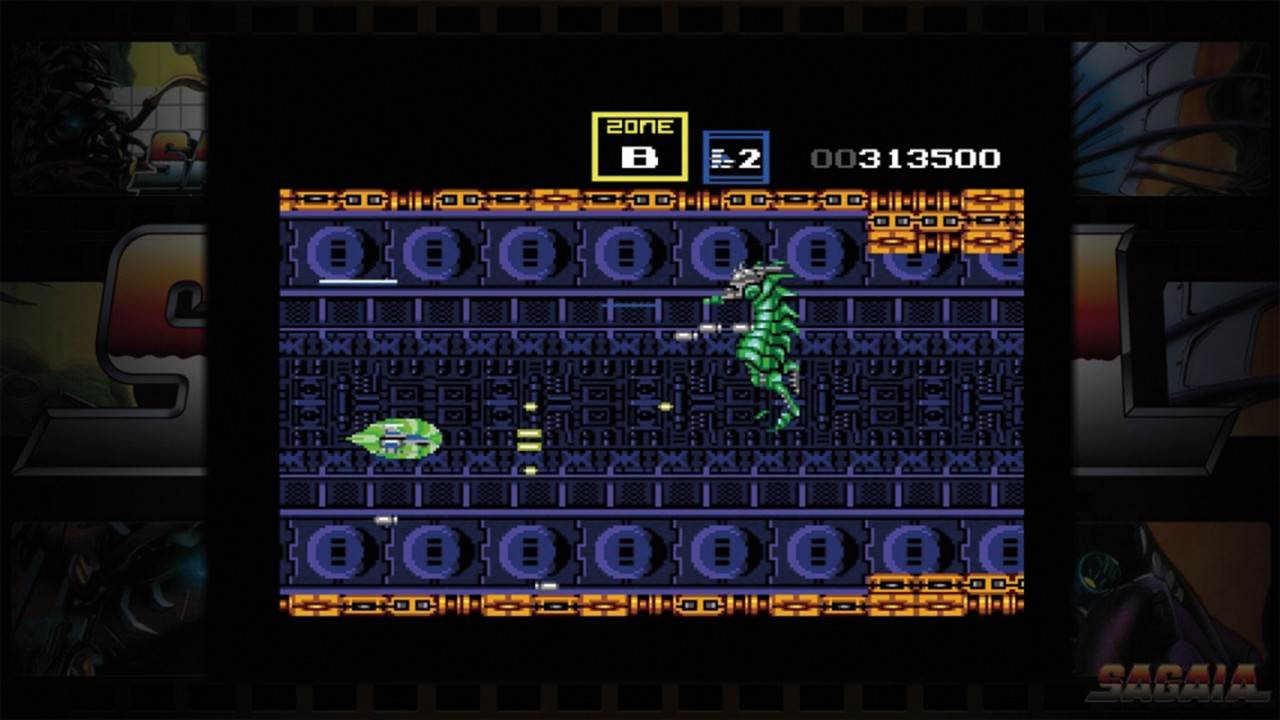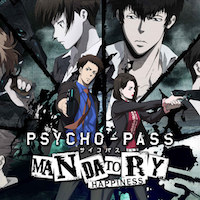
One thing that gets oft-neglected in the world of video games is the idea of porting. Nowadays, thanks to expansive technology and some really approachable dev kits, there is virtually no difference between versions of games on the two larger consoles, and some pretty negligible differences with Switch ports (brace for a flood of comments telling me how wrong I am). I even got my XBox One over a PS4 because it was substantially cheaper at the time and, as far as I could tell, there’d be no difference in the version of Kingdom Hearts 3 I purchased. But, years ago, a console port meant seeing an arcade game get the shrunken head treatment, watching the graphics shrivel, the sound stripped bare, and the consoles hyper simplified to make them work for the very limited controllers at the time. You only need to look at a vast majority of the Atari 2600 catalog to find several truly awful home versions of what seems like insanely simple arcade games (poor Pac-Man).
So, when the time came for Taito to start bringing the Darius games to the masses outside of the arcade, it was going to be a bit of a feat. The first port of the Darius II game was a genuine effort, meaning that the company had to redo the game from the ground up in order to get it situated and ready for everyone to enjoy on the then cutting edge Mega Drive console. Despite the love and attention put into the game (redrawing sprites and recomposing music from scratch), the group was understandably cautious and even renamed the port to Sagaia to give a bit of credible distancing in case the home-focused shooter was not well received. Thankfully, the fantastic formula of Darius combined with some strongly sculpted homework made Darius II (or Sagaia, depending on whom you ask) into a smashing success, and the rest paved the way for a beautiful series of home versions that Taito (and M2!) are highlighting in this collection, the Darius Cozmic Collection Console.
As a collection, The Darius Cozmic Collection Console is a little bit prettier than some anthologies we’ve seen mashed up, but, sadly, not by much. Each of the nine games that are included here feature a bit of lore in the description, which ranges from a couple of great paragraphs about Darius Force (the second official “home” entry for Darius) to the incredibly barebones information about Super Nova (the international version of Darius Force) which simply lets you know “some of the boss names were changed.” There is a manual available, but it’s not a collaboration of manuals across the different games: it’s literally a one-page blueprint for how you play the Collection. Moreover, the manual isn’t even on the damn console, but a downloadable website that doesn’t cache and you need to be online in order to view. A bizarre, disappointing choice. The staff credits, however, do look beautiful and are available at any time, and you have the option to view replays of the different games for both yourself and for ones the players of the Internet may have created.

Now, the Darius Cozmic Collection Console is nine games, but you need to temper your expectations there as well. Three of them are Darius II, under the Sagaia moniker as well as the original. Two of them are Darius Twin, the Japanese and localized versions. Two are Darius Force (as mentioned above), and then you get some really juicy pieces, The Darius Alpha and Darius Plus games. Darius Alpha is what collectors are ultimately going to be most interested in, as it was never officially for sale and only 800 copies were actually distributed to people who preordered Darius Plus, which was only sold in Japan on the freaking PC-Engine, which we know better as the Turbografx-16. While the other games and their respective versions could be found either in some used game stores or possibly at cost on online auctions, these two PC-Engine titles are diamonds that are incredibly hard to find, much less get owners to part with. So, if you’re doing that math at home, that means these nine games have five original experiences within, with three of them having different hats to try on.
If like me, you enjoy taking the trip down comparison lane, you’ll be pleased to see the minute and extreme differences between the Darius titles. As some of the more inventive and exciting shmups that’ve come into being, having Darius II come home to roost with players in the house was a massive leap forward, if somewhat smaller. The sprites and icons handle well and look great, and the soundscape for Sagaia isn’t bad either: hell, if I didn’t know about the arcade version, I would think that this was originally concocted for the Sega Genesis (or Master System, depending on who you ask). The major difference between Darius II and Sagaia in this collection is that the Darius II port retains some of the special code that allows players to access special mode, a hidden sort of “survival mode” that was unlockable in the cabinet and on the Japanese release of the game. Here, you can access special mode right from the game selection screen at the beginning, and it’s tough as frigging nails, making players dodge massive waves of enemies, sudden boss appearances and some truly unforgiving moments of weaving that shouldn’t have been possible on a game this old.
Once we get to the real home console fixed versions, Darius begins to spread its wings and showcase what Taito was truly capable of. Darius Twin has such a greater depth of field with more enemy sprites, a better variety in weapons and the return of co-op mode, which was originally removed from the first Darius port. Granted, Darius Twin launched on the premiere 16-bit system of the time (the SNES), so two players were far more plausible on this gargantuan title than on the 8-bit version that inexplicably sold well right through the early 90s. Interestingly enough, the later released international version looks and plays better, which is a nod to how things used to be at Nintendo back in the SNES days. You see, there was enormous pressure from Nintendo for companies to comply to their schedule and deadlines, which resulted in some early releases and ports on the SNES to be pretty banal and terrible in comparison to other console releases (check out the original SNES Mortal Kombat for a good reference point). Darius, being a huge franchise in Japan, had to rush to fit everything on the more limited ROM that was available back in 1991, so the sound quality suffered. By comparison, the more relaxed release of the worldwide port allowed for a dedicated sound team to make sure the game came onto the scene with a much broader, pleasing soundscape. Otherwise, the games are identical, and fans of Japanese localization might want to do a side-by-side of the opening text between the two versions, it’s pretty interesting.
Once 1993 came about, the SNES had finally launched the world over, and it was time to bring out the big guns. Darius Force, aka Super Nova, is probably my favorite game in the entire series. Retaining the potential for some real madness, Darius Force focuses more on the single-player aspect, bringing the world of Darius into a greater scope as they move away from the predominantly marine-based bosses of the past and incorporate even greater ecological threats, like dinosaur-inspired bosses or, shockingly enough, bacteria. Darius Force is also one of the games that’s least like Darius in that same vein, giving players a selection of ships to choose from at the start (a la Gradius) and making upgrades more difficult to come by. Darius Force has some of the best music in the series, in my opinion, giving a full science-fiction vibe to the quest throughout and asking players to keep their minds and eyes peeled as enemies can drop in from all angles and really get the jump on you at a moment’s notice. It’s more difficult to enjoy this game than Darius Twin, by comparison, but I feel like it’s got a sharper bite to it, a bit more of a preview of how hectic and oppressive shooters will become in the future.

If you choose to player Darius Force instead of Super Nova, players will also have the option to do a Boss Rush mode, which is great for showcasing what the designers were capable of and also to test a player’s skill at dodging waves of bullets, sudden battering attacks, random segmented body targets and hordes of other conditionals. The Boss Rush is fun, no bones about it, and created enough of a wave to make it a standalone section here in the Cozmic Collection Console, though it honestly pales in comparison to the beauty of the purposeful boss rush game here, Darius Alpha.
Darius Alpha and Darius Plus are both PC-Engine titles, which means that they are in a special kind of slot for gaming. Darius Plus is a stripped-down version of the incredibly superior Super Darius Plus, which was released as part of the Duo CD addon for the Turbografx-16. As a result, it’s missing some of the finer details, the sprites are chunkier, the music is simpler and the enemy density…well, is actually comparable. In fact, if you’re someone who enjoys the retro aesthetic of the 16-bit era, you’re going to LOVE Darius Plus. The way that the upgrade system for the weapons now appears as a fillable gauge for each of the different assets allows you to quantify how you’re doing and the extreme probability that you’ll survive the massive boss encounters. There’s a different color scheme to it all to match up with the limited palette of the system at the time, which makes certain areas pop more and give it an almost comic book feeling. The games are still equal in length (compared to what we were getting on the Master System and the SNES), but it goes by quicker thanks to a more hellbent approach to the gameplay. It’s a frigging masterpiece and incredibly enjoyable, with a stronger, more chiptuned soundtrack than even the first Sagaia presented.
In that same vein, Darius Alpha gives the boss rush mode of Darius Force with three added benefits. One, it’s got this nifty tower on the side that shows you where you are in the boss fights, allowing you to visually keep track of where your progress is. Second, it’s more attuned to earlier Darius games in terms of boss construction, so, if you weren’t a fan of the new direction that Darius Force took, this is a back to the roots sort of approach that’s more appealing in that sense. Lastly, there are a variety of different modes for Darius Alpha, giving it more of a modern shmup feel than any of the others because it’s clear that M2 and Taito wanted to give extra care to this exceedingly rare gem. There’s the opportunity to do a score attack to compete against others, a sort of endurance mode where the powerups aren’t as ample, and a 4 minute time attack to see if you’ve got what it takes in this risk vs. reward approach to the ultimate in shooting mayhem. This is easily my favorite experience in the Cozmic Collection Console because of its unique place in both gaming history and as a great experience unto itself.
Now, in the end, you have to remember that the Darius Cozmic Collection Console is going to be for Darius enthusiasts, shmup diehards and fans who want to enjoy games that have never been available before. It’s a bit pricey, but, in the right eyes and hands, you get what you pay for. Yes, I wish there had been a bit more in terms of actual history or specifications of the creation process, but the games are all well ported, handle great, have different pause buttons and control layouts, and are exciting to behold. If you tell someone you spent a hundred dollars on a flashlight, that seems insane to anyone except for flashlight experts. This is an expert grade set of classic games, and the discerning eye will be able to tell: this is some prime grade shooting.
REVIEW CODE: A complimentary Nintendo Switch code was provided to Bonus Stage for this review. Please send all review code enquiries to press@4gn.co.uk.
Subscribe to our mailing list
Get the latest game reviews, news, features, and more straight to your inbox
Thank you for subscribing to Bonus Stage.
Something went wrong.
Darius Cozmic Collection Console Review
-
Gameplay - 9/10
9/10
-
Graphics - 9/10
9/10
-
Sound - 9/10
9/10
-
Replay Value - 9/10
9/10
Overall
Summary
This is an expert grade set of classic games, and the discerning eye will be able to tell: this is some prime grade shooting.





